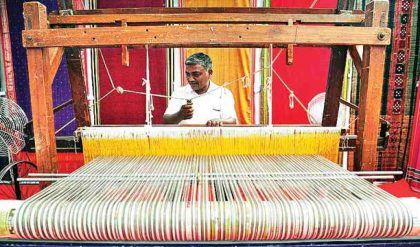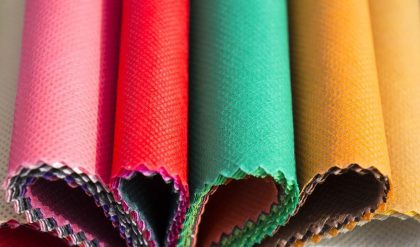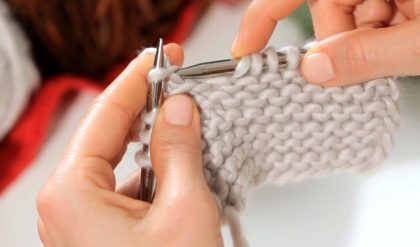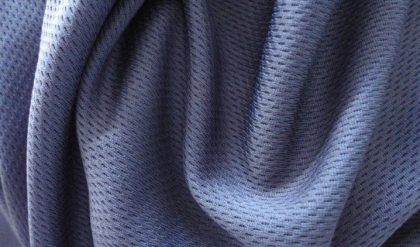Yarns can be classified based on length of fibres present and number of parts present. According to the length of fibres present in yarn.
Yarn are broadly classified as staple/spun, yarns or continuous filament yarn. Spun yarn consist of staple fibre assembled and bound together by twist to produce the required characteristics such as strength, handle and appearance.

Spun Yarns
Spun yarns are made from the staple fibres that are twisted together. Spun yarns are characterized by protruding fibre ends. Spun yarns strength is dependent on the cohesive or the clinging power of the fibre and on the points of contact resulting on pressure of the twist. The greater the number of points of contact, the greater is the resistance to the fibre slippage within the yarn.
They are suited to clothing fabric in which absorbency, bulk, warmth or cotton like or wool like textures is desired. When worn fibre ends hold the yarns away from close contact from the skin, and so fabrics made of spun yarn is more comfortable on a hot humid day than a fabric of smooth filament yarns. Protruding ends contribute to a dull fuzzy appearance, to the shedding of lit and to the formation of pills on the surface of the fabric. They also get dirted readily, spun yarn can be given different types of twist based on the end use as napping twist.
Napping twist:
This type of yarn is called as low twist, yarn. It has 2.3 turns per inch such low twist results in lofty yarns which allow for napping of fabric. Thus napped fabrics are bulky and provides warmth when used in garments.
Average Twist:
It is frequently used for yarns made of staple fibres and is very seldom used for filament yarns. The amount of twist that gives warp yarns maximum strength is referred to as standard warp twist.
Hard twist (Voile twist):
When yarns are given 30-40 turns per inch, they are called hard/voile twisted yarns. The hardness of the yarn results when twist brings fibres closer together and more compact.
Filament Yarns
The range of filament yarns is as diverse as that of staple yarns. Filaments yarns are divided into two types viz flat continuous filament and textured continuous filament yarn.





Comments are closed.